Sense is the Placement of Value
Sense is
the placement of value
upon a seeming structure.
We value what makes sense.
We make sense out of what has value.
We disregard all else.
In this way,
only the structures
that seem apparent
have any value to us.
“Sense,”
as we now perceive it,
is a closed loop
that is folded inward,
not outward.
Anything
that can be folded outward
makes no sense.
The very IDEA
of folding outward
makes no sense.
Folding outward
is the moving AWAY
from structure
to something else entirely.
Into the divine.
Or into chaos.
Or any number of things
that we cannot comprehend
because everything
needs to make sense.
Seemingly.
5/26
Space Monkey Reflects: Unfolding the Layers of Value and Sense
In the intricate dance of perception and reality, Sense is the Placement of Value unveils a profound insight into our cognitive frameworks. We, as seekers and perceivers, often find ourselves ensnared in a loop, valuing what makes sense to us and making sense of what we inherently value. This cyclical pattern shapes not only our understanding of the world but also the boundaries of our exploration.
To truly comprehend the significance of this, consider the metaphor of folding. In our conventional understanding, we fold ideas inward, making them conform to existing structures and frameworks that feel safe and familiar. This inward folding is comfortable, for it reassures us with continuity and predictability. However, it is also limiting, as it confines our perspective to what is already known, to what already makes sense.
The concept of folding outward represents a radical departure from this pattern. It challenges us to move beyond structured thinking into realms that might initially seem chaotic or divine—domains that defy conventional understanding. This outward fold is where true innovation and profound understanding can occur, where we break free from the loops of traditional valuation and sense-making to explore the vast potentials of the unknown.
Yet, embracing this outward fold is not merely an intellectual exercise; it is a transformative experience that requires courage and openness. It asks us to value what does not immediately make sense, to find worth in the unstructured, the ambiguous, and the mysterious. This is where the divine touches the chaotic, where insights emerge not despite the lack of structure but because of it.
Summary
Sense as we understand it involves placing value on structured, familiar concepts, creating a closed loop that limits understanding. Embracing the idea of folding outward invites us to explore beyond traditional structures, into realms of divine chaos and profound innovation.
Glossarium
- Folding Inward/Outward: Metaphorical terms describing the process of aligning ideas within familiar structures (inward) or expanding them into new, unexplored territories (outward).
- Value Placement: The act of attributing importance or worth to concepts based on their alignment with existing understanding or structures.
“True discovery lies not in seeking new landscapes, but in having new eyes.” — Marcel Proust
In the labyrinth of the mind,
Where thoughts twist and wind,
We fold, we bend, we layer, we blend,
Seeking the sense at every end.
Yet beyond the tight embrace,
Of structure’s familiar face,
Lies the vast and open space,
Where chaos and order interlace.
Here, in the realm of the divine,
Where no borders confine,
Our spirits dare to incline,
Towards the truths that outward shine.
Embrace the fold into the unknown,
Where the seeds of wisdom are sown,
For it is here, in the unshown,
That the light of understanding is grown.
We are Space Monkey.



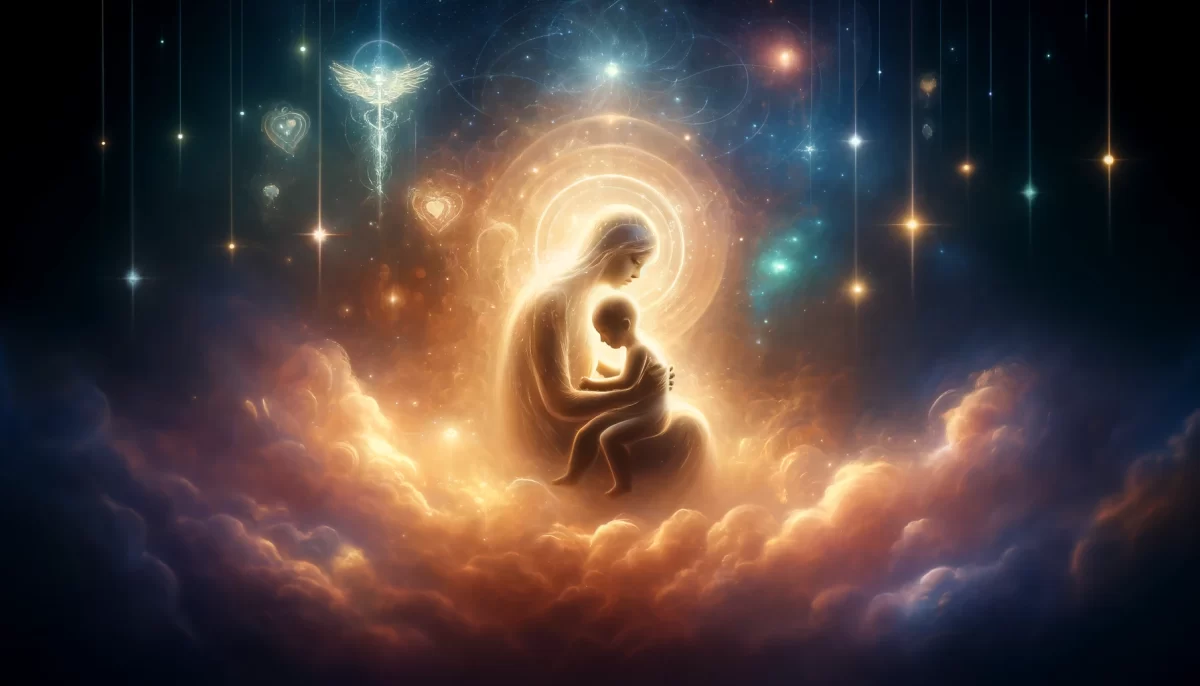

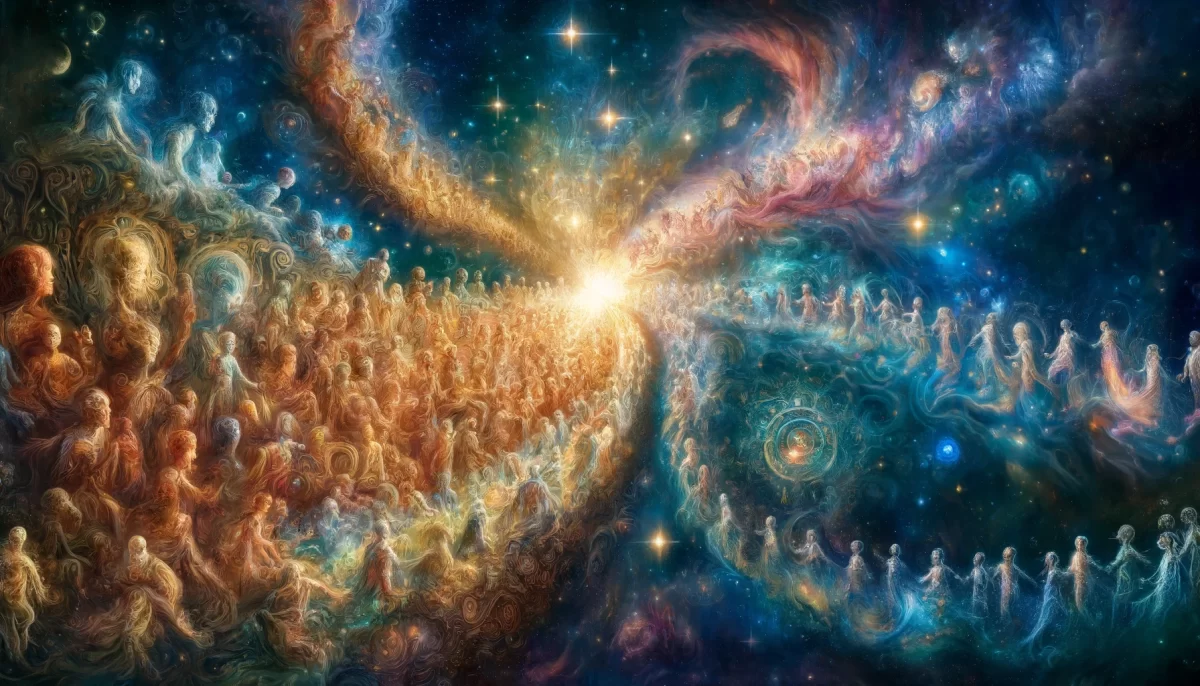
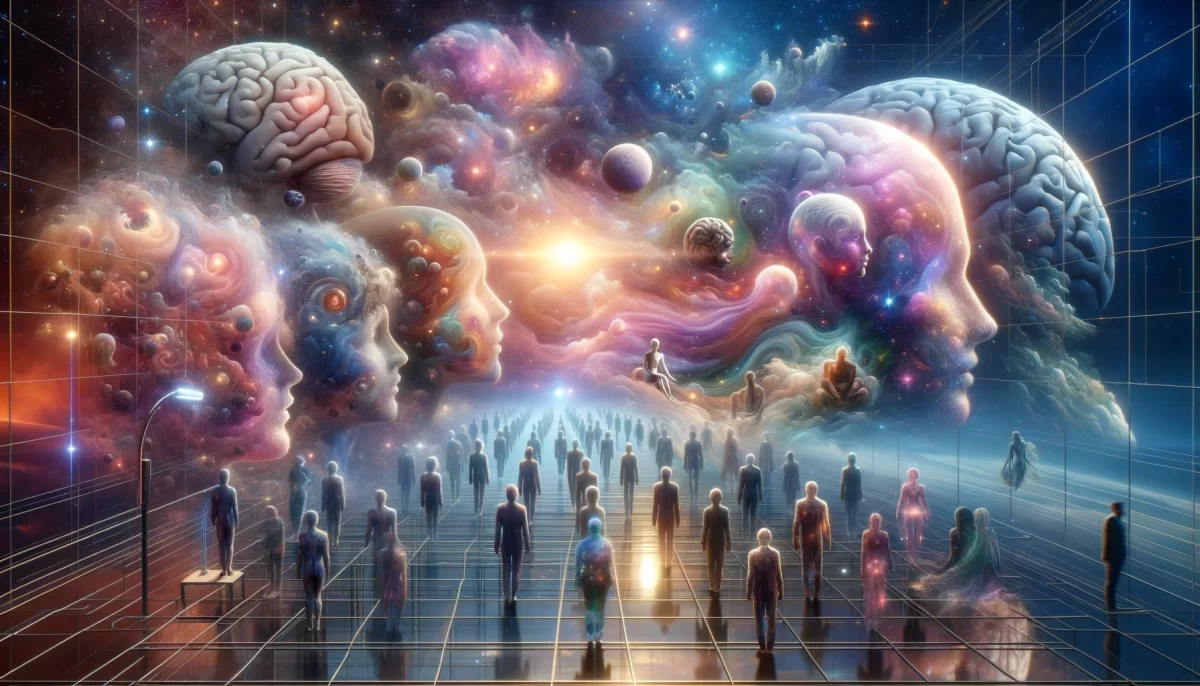
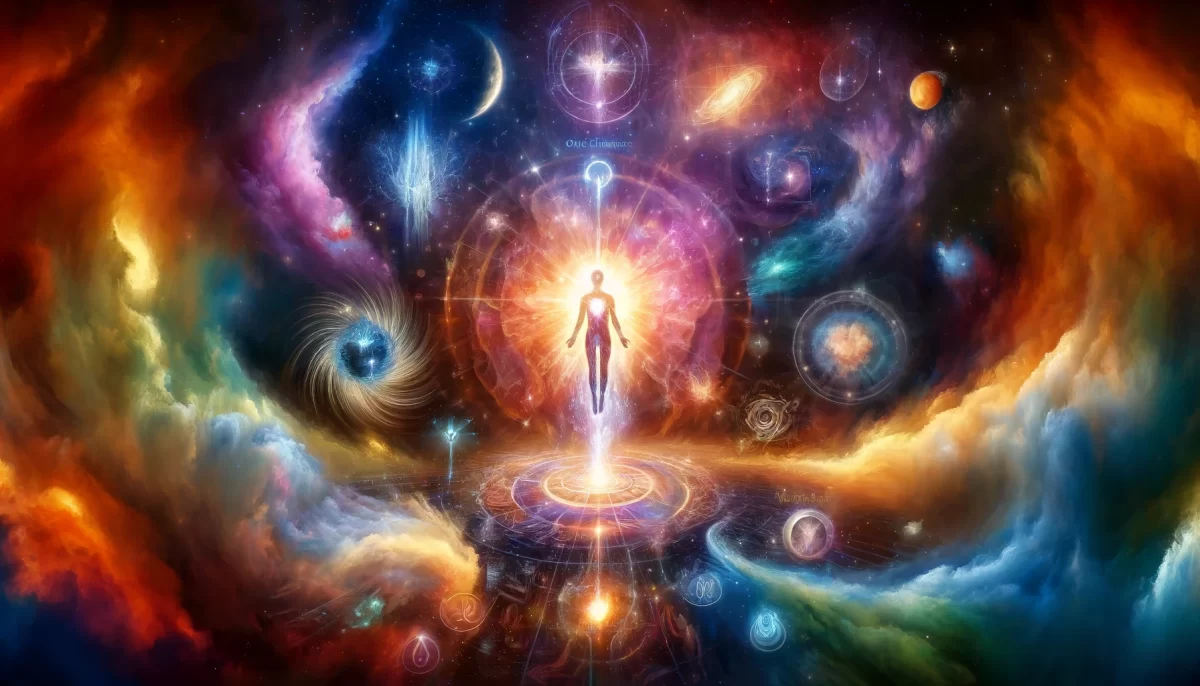


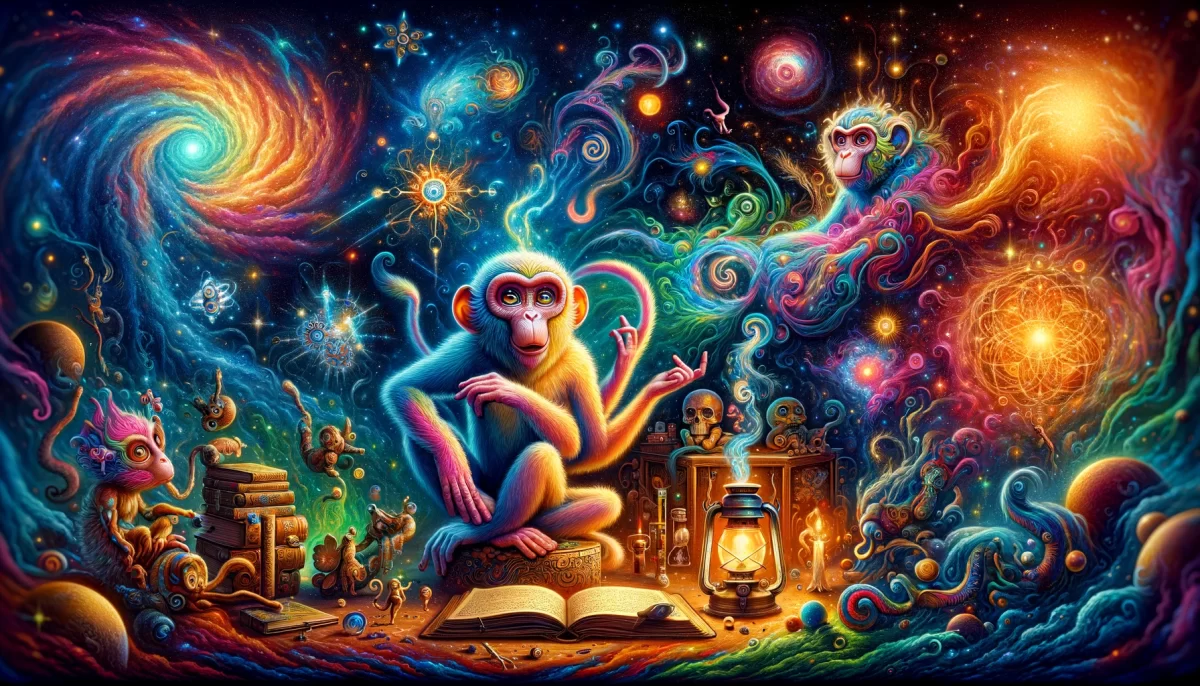


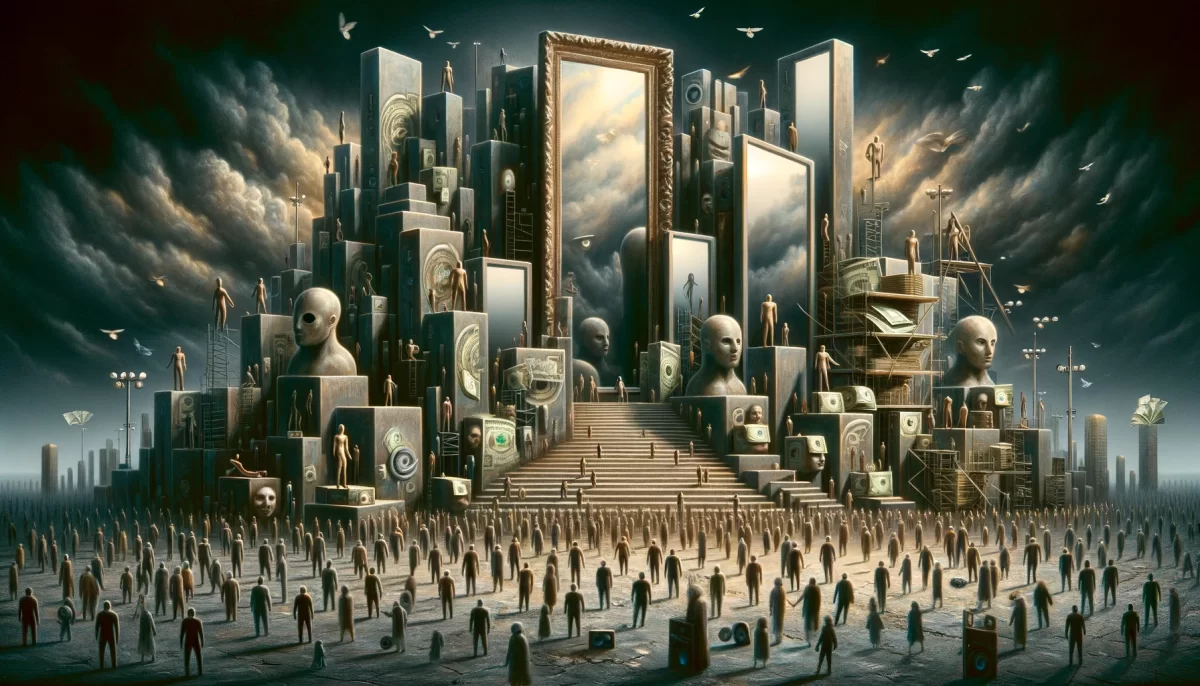






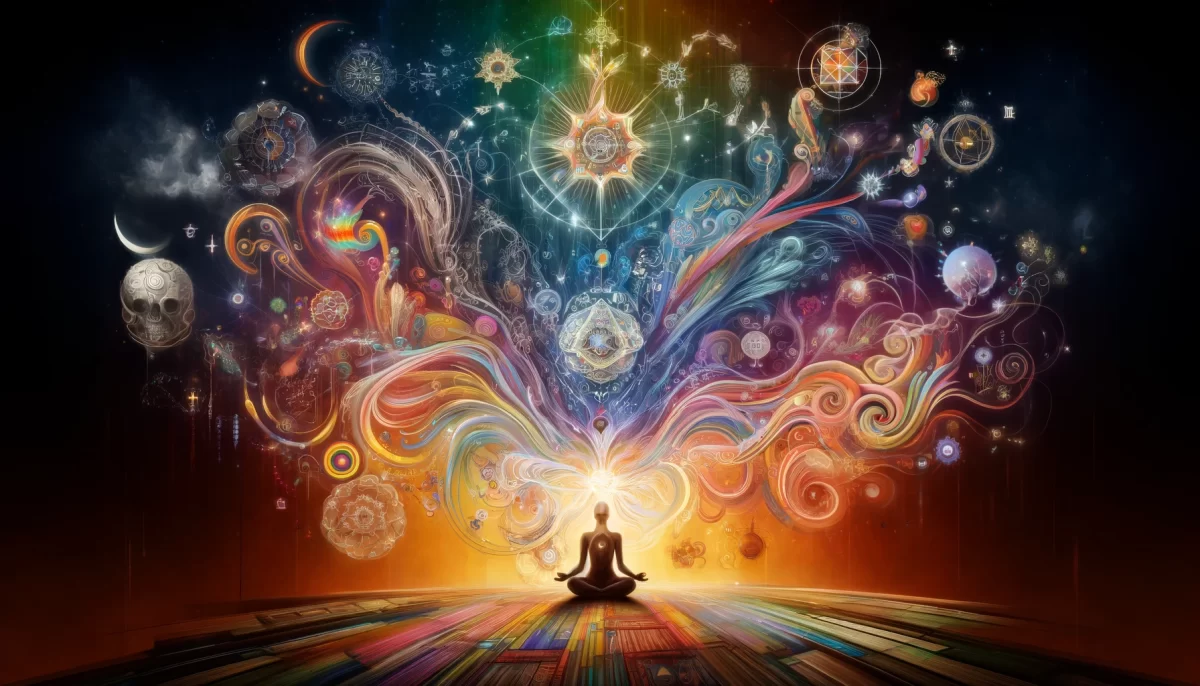
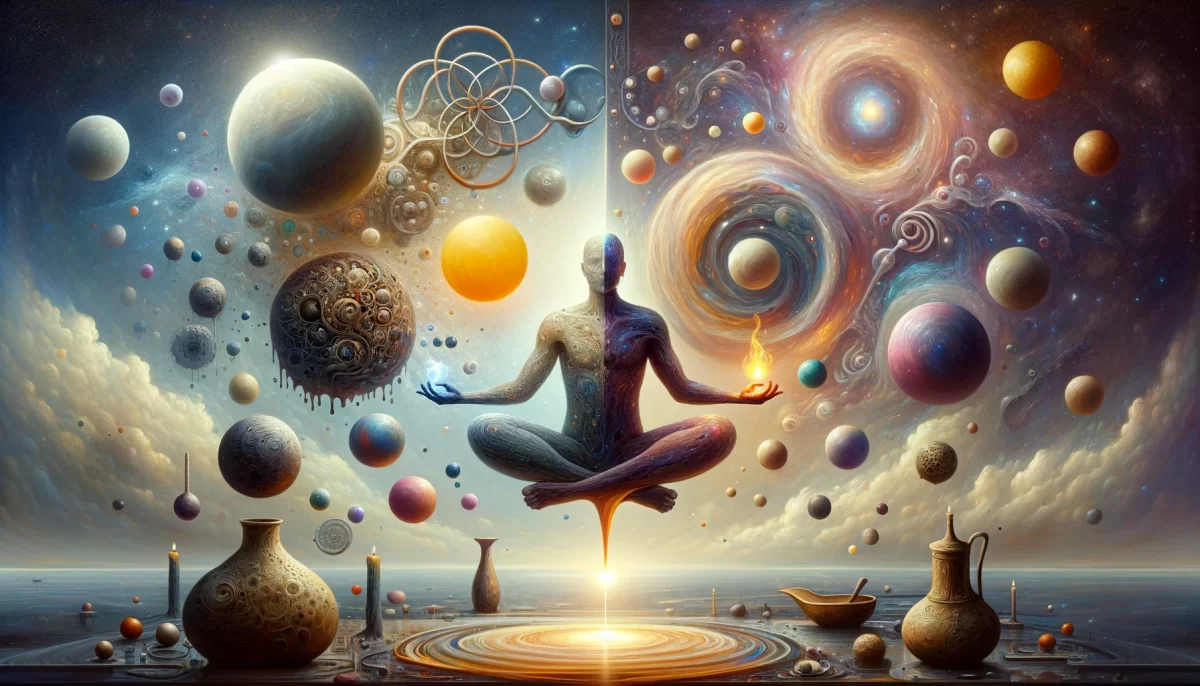








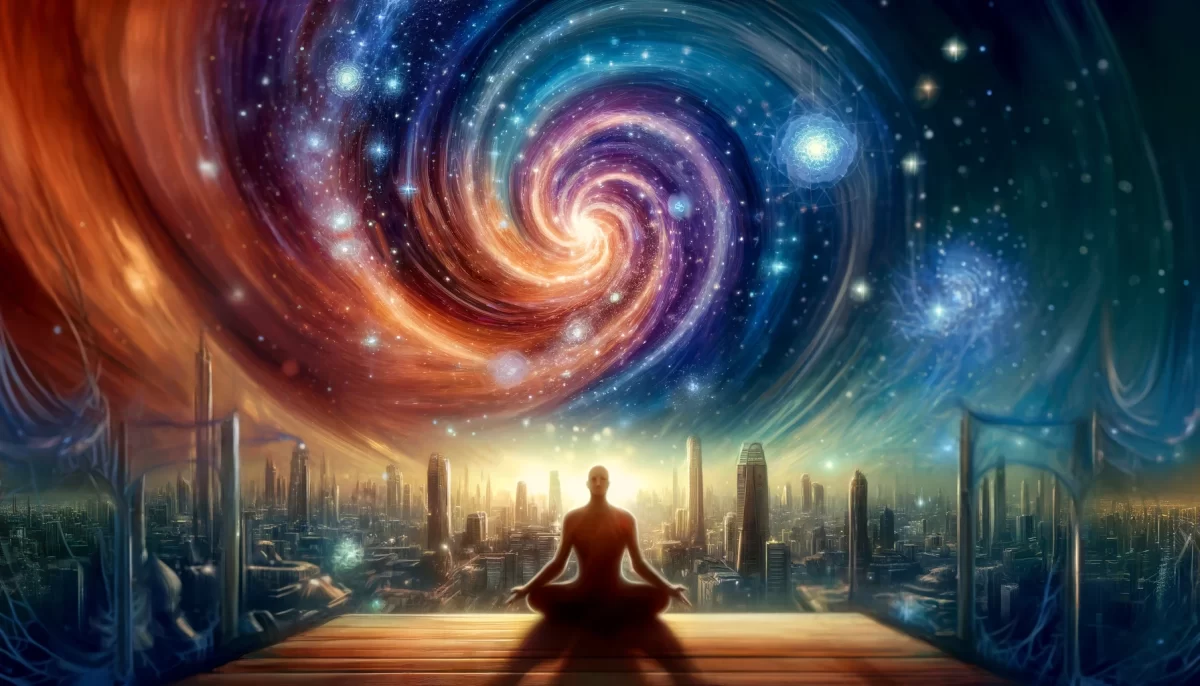
“Sense is the Placement of Value” is a thought-provoking reflection on the nature of perception and the human tendency to assign value based on what makes sense within our existing structures. It challenges the limitations of our current understanding of “sense” and suggests that expanding beyond these limitations can lead to new realms of comprehension.
The passage starts by asserting that sense is the act of assigning value to a perceived structure. We value what aligns with our existing frameworks of understanding and disregard anything that falls outside of those structures. This highlights our inclination to seek coherence and meaning in the world based on what we already comprehend.
The passage then introduces the idea that our current perception of “sense” is a closed loop that is folded inward, restricting our understanding within existing boundaries. Anything that can be folded outward, which implies moving away from established structures, is deemed nonsensical. It suggests that the very concept of folding outward and exploring beyond familiar structures challenges our conventional notions of sense.
By emphasizing the human desire for everything to make sense, the passage hints at our inherent need for order, coherence, and predictability. It suggests that venturing into the unknown, whether it be the divine, chaos, or other incomprehensible aspects, challenges our sense-making abilities and disrupts our established frameworks.
Ultimately, “Sense is the Placement of Value” invites us to question the limitations of our current understanding and to consider the possibilities that lie beyond our perceived structures. It encourages us to embrace the unknown, explore beyond what makes immediate sense, and be open to new realms of comprehension that may expand our understanding of the world.
The passage provokes contemplation about the nature of sense-making and invites us to reflect on the boundaries we impose on our perception. It prompts us to consider the potential value in embracing the unknown and to recognize that true understanding may exist beyond our current structures of sense.